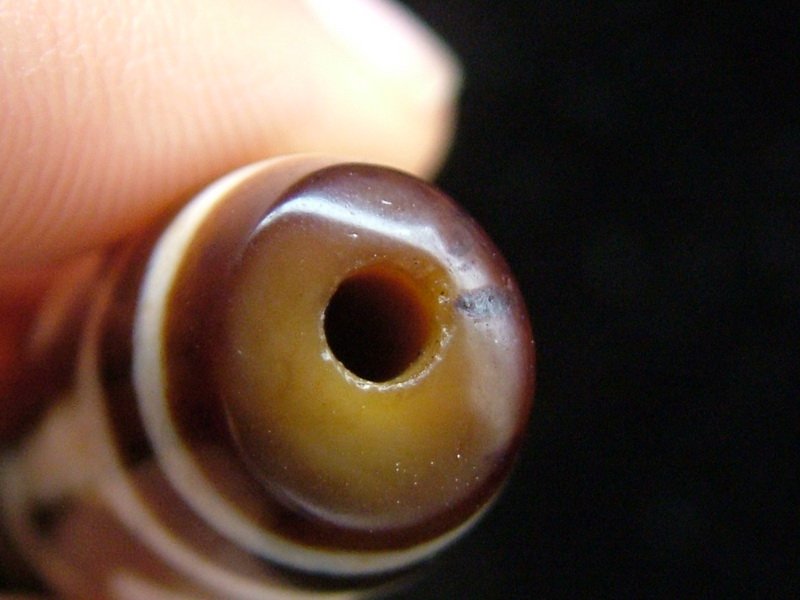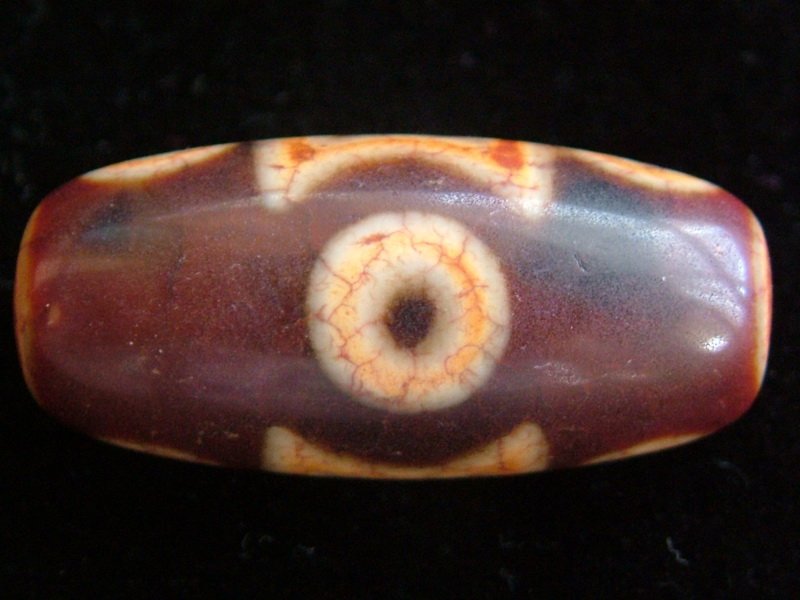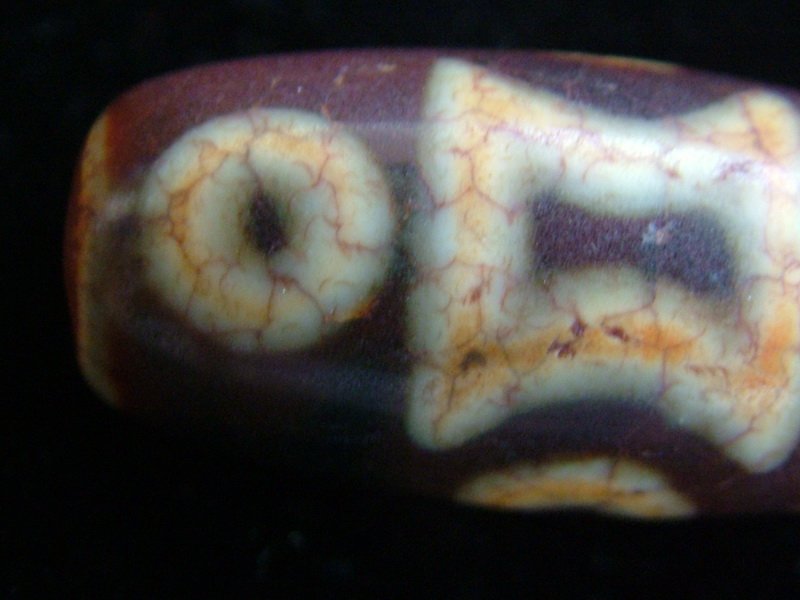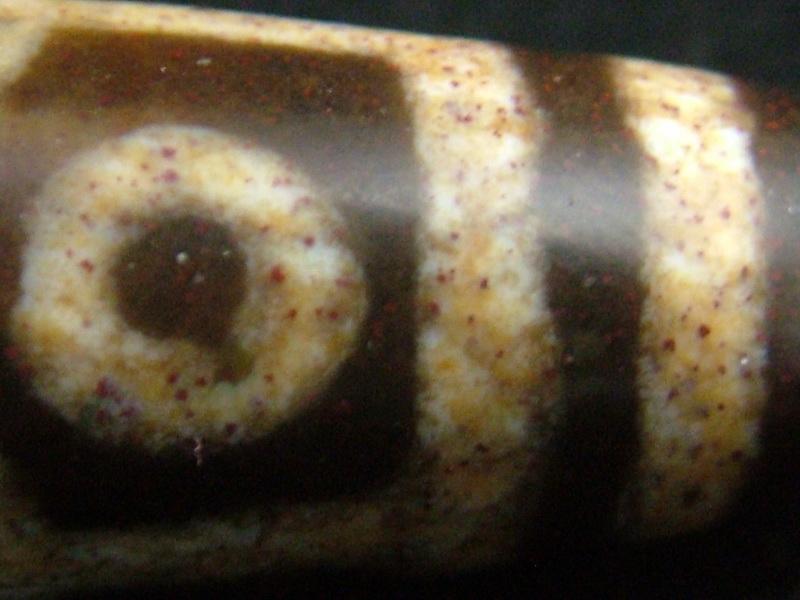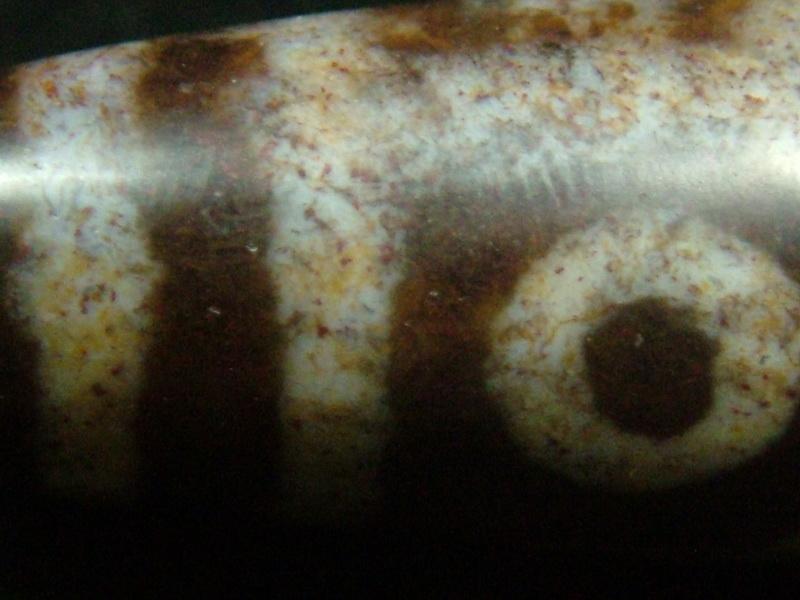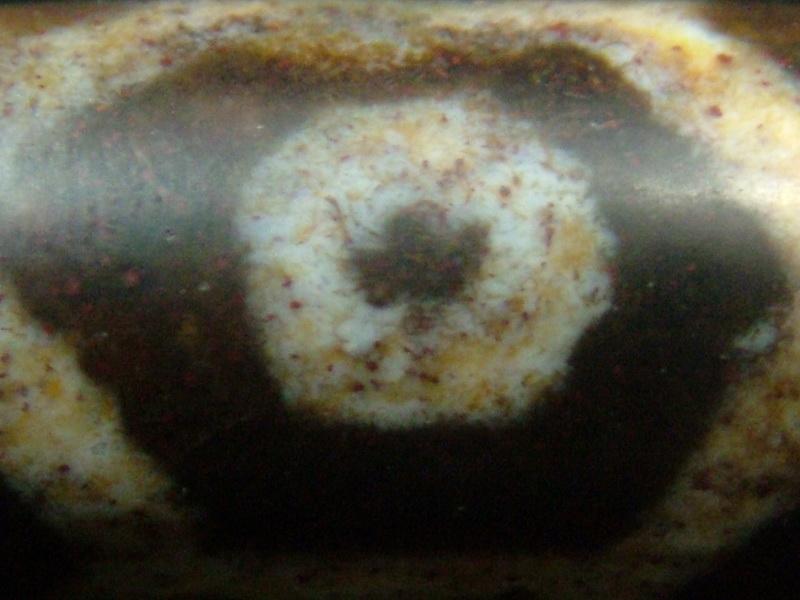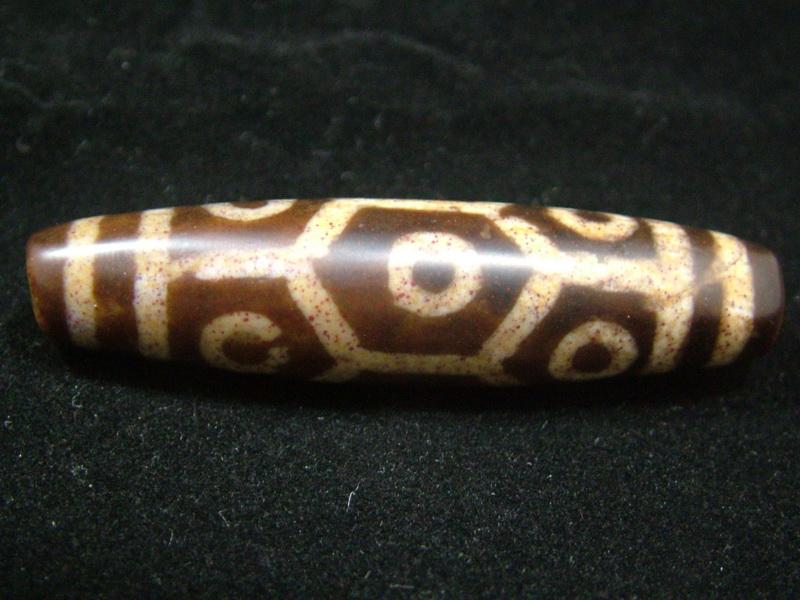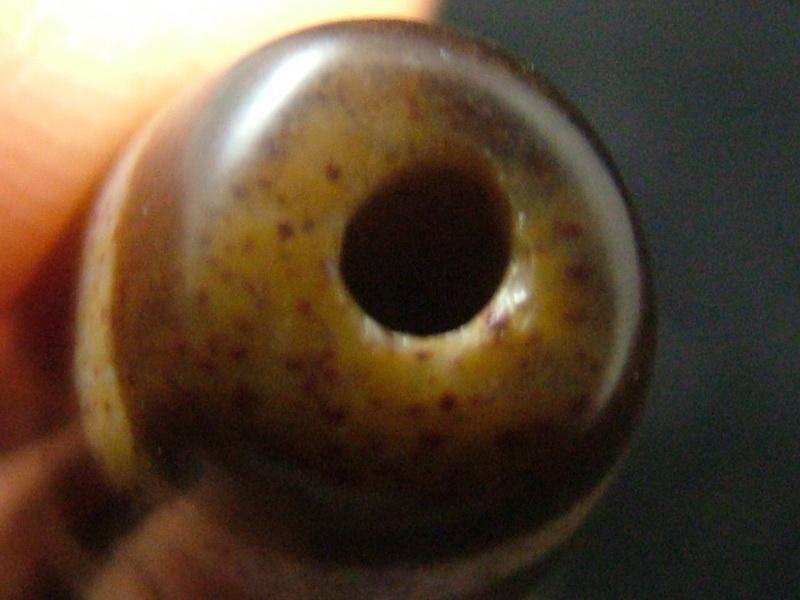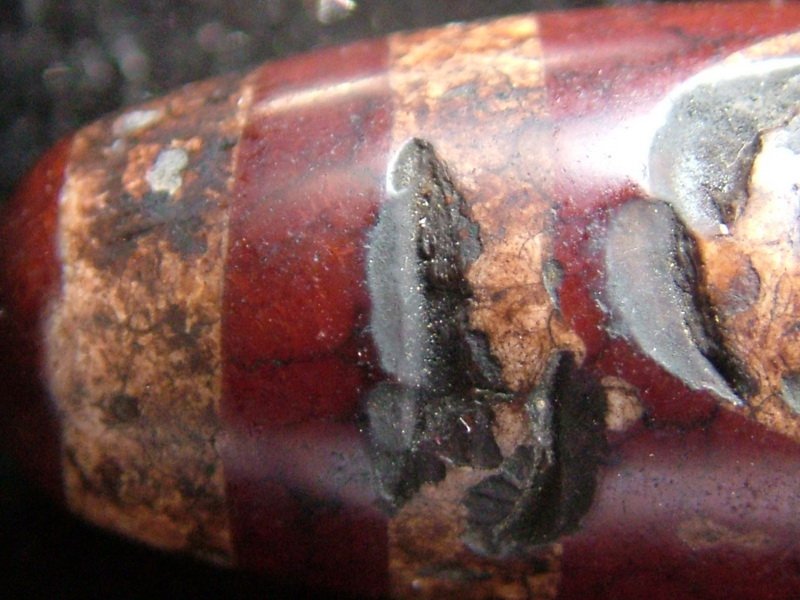Dzi – Introduction
A dzi is very much revered in Tibet. It is so precious and valuable that Tibetans would rarely want to part with it, as was the case in the old days. Although, Dzis do circulate among the community, for example, they are traditionally used as dowries in the Tibetan culture or passed down as family heirlooms. In ancient times, one could trade a rare dzi for a 100 yaks or to raise funds for building a mansion or monastery. Today, as trading plays an important part, authentic and old Dzis are reportedly sold for tens of thousands of dollars or even more! Famous Hollywood stars and popular personalities from Hong Kong and Taiwan (Mel Gibson, Jet Li and etc) have also added the popularity to these legendary dzis. The dzi has fascinating and esoteric associations, it is believed to possess the power to bring wealth and good fortune, and it can protect the wearer from illness, injury and evil. This is strange but true as many, even in present, who are wearing dzi benefits from its magical powers.
Due to weathering, dzi 's surface appears scaly with cinnabar dots and chippings. As it is passed down and worn by different collectors, and given blessings from monks, it will appear naturally smooth and lustrous from the interior to the exterior. Basically, its authenticity can be determined based on the smoothness, luster, weathering marks on the surface, chippings, curves and the technique of making the string hole of the 's opening as well as from the line designs.

The original Dzi

